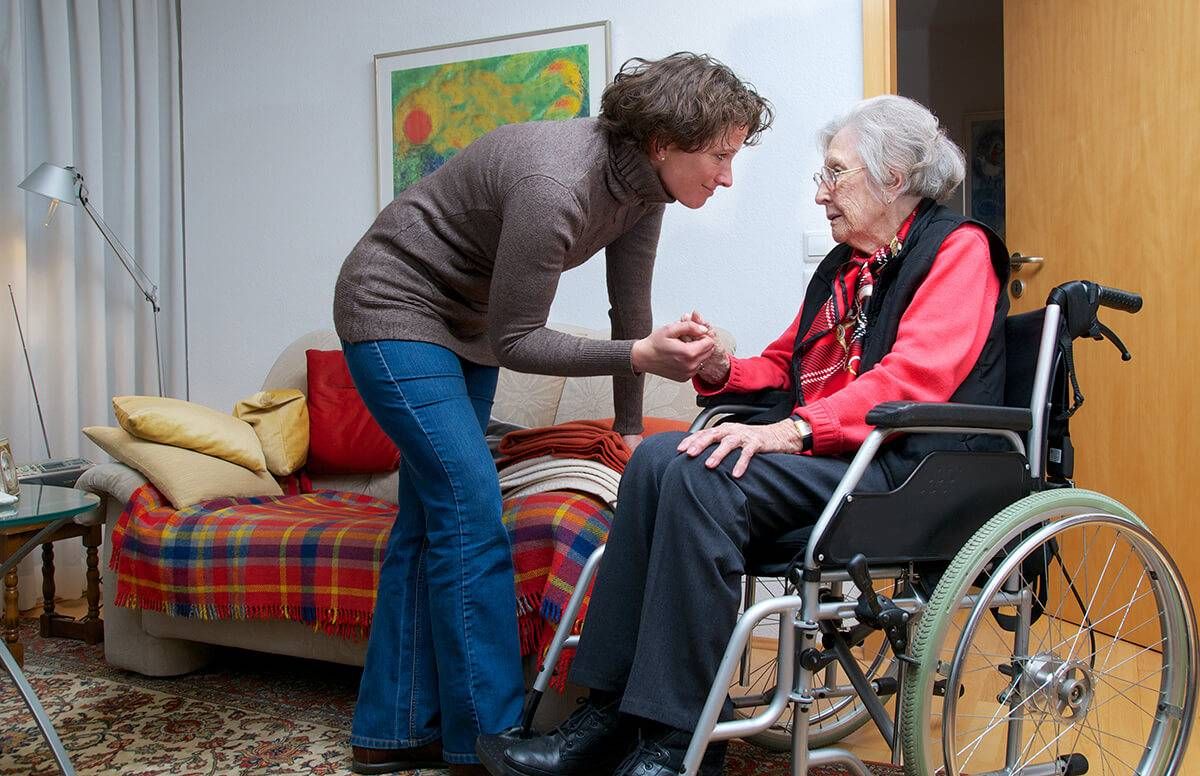What the New RAISE Family Caregivers Act Will Do
The bipartisan bill aims to develop a national strategy for family caregivers
Back in June, in a blog post I wrote about the stresses many of America’s 40 million family caregivers feel, I said: “Perhaps one day, Congress will pass something like the bipartisan Recognize, Assist, Include, Support and Engage (RAISE) Family Caregivers Act.” It recently did and President Trump has signed it into law.

The RAISE Act aims to help relatives and partners who provide medical, household and financial assistance to loved ones.
Senators Susan Collins (R-Maine and a Next Avenue Influencer in Aging) and Tammy Baldwin (D-Wis.) and Representatives Greg Harper (R-Miss.) and Kathy Castor (D-Fla.) spearheaded the legislation.
What the RAISE Family Caregivers Act Will Do
The RAISE Family Caregivers Act requires the U.S. Secretary of Health and Human Services (HHS) to develop, maintain and update an integrated national strategy to support family caregivers. And that support is sorely needed.
“Family caregivers are the backbone of our care system in America. We need to make it easier for them to coordinate care for their loved ones, get information and resources, and take a break so they can rest and recharge,” said Nancy A. LeaMond, AARP’s chief advocacy and engagement officer and a Next Avenue Influencer in Aging.
According to AARP, family caregivers “commonly experience emotional strain and mental health problems, especially depression, and have poorer physical health than noncaregivers.” And they rarely receive training in providing care. As my colleague Emily Gurnon wrote, the 2016 Families Caring for an Aging America report said family caregivers for adults 65 and older are “stressed, isolated and often suffering financially.”
Most family caregivers juggle work and caregiving. And 78 percent of them incur out-of-pocket costs due to caregiving, spending $6,954 a year, on average, according to AARP’s Family Caregiving and Out-of-Pocket Costs: 2016 Report.
Under the RAISE Act, HHS will create a national family caregiver strategy by bringing together federal agencies and representatives from the private and public sectors (like family caregivers, health care providers, employers and state and local officials) in public advisory council meetings designed to make recommendations. The agency will have 18 months to develop its initial strategy and then must provide annual updates.
Goals of a National Family Caregiving Strategy
The goals of the strategy include identifying actions that government, communities, health providers, employers and others can take to support family caregivers, including:
- Promoting greater adoption of person-centered care and family-centered care in health settings and long-term care settings
- Training for family caregivers
- Respite options for family caregivers
- Ways to increase financial security for family caregivers
- Workplace policies to help family caregivers keep working
- Collecting and sharing of information about innovative family caregiving models
- Assessing federal programs around family caregiving
- Addressing disparities and meeting the needs of the diverse caregiving population
America’s beleaguered, loving family caregivers are eagerly waiting to see what effect the law has.


